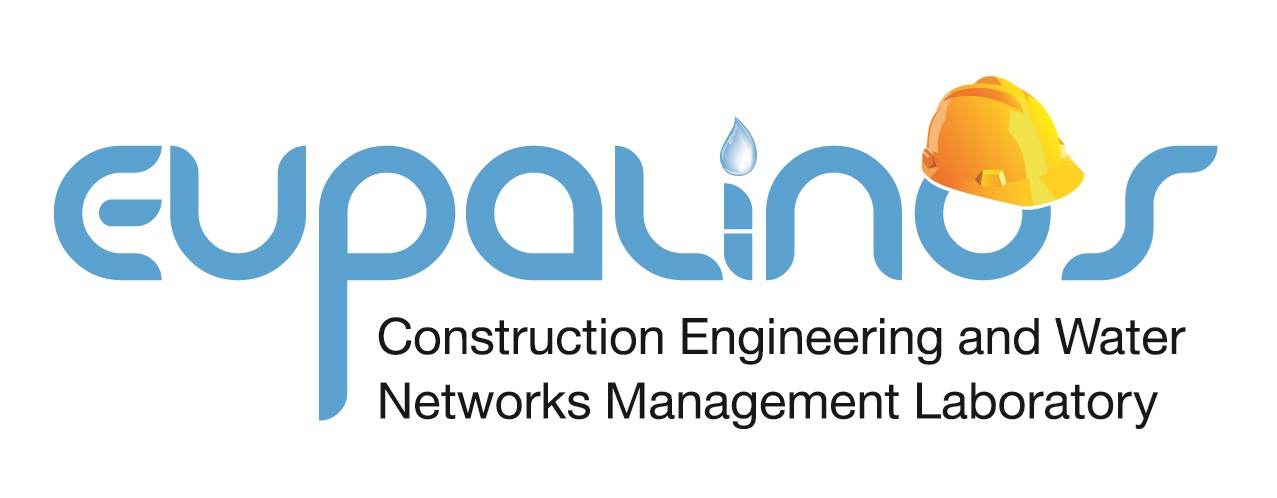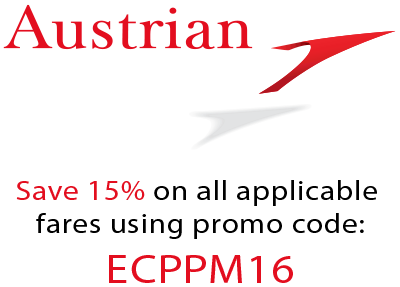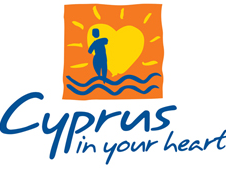Keynote Speakers
Dr. Lucio Soibelman
Professor and Chair of the Astani Civil and Environmental Department
University of Southern California
View Biographical Sketch
Professor Soibelman obtained his Bachelor and Masters Degrees from the Civil Engineering Department of the Universidade Federal do Rio Grande do Sul, Brazil. He worked as a construction manager for 10 years before moving in 1993 to the US where he obtained in 1998 his PhD in Civil Engineering Systems from the Civil and Environmental Engineering Department at the Massachusetts Institute of Technology (MIT).
In 1998 he started as an Assistant Professor at the University of Illinois at Urbana Champaign. In 2004 he moved as an Associate Professor to the Civil and Environmental Engineering Department at Carnegie Mellon University (CMU) and in 2008 was promoted to Professor. In January 2012 he joined the University of Southern California as the Chair of the Sonny Astani Department of Civil and Environmental Engineering.
During the last 23 years he focused his research on advanced data acquisition, management, visualization, and mining for construction and operations of advanced infrastructure systems. He published over 100 books, books chapters, journal papers, conference articles, and reports and performed research with funding from NSF (NSF career award and several other NSF grants), NASA, DOE, US Army, NIST, IBM, Bosch, IDOT, RedZone Robotics among many others funding agencies. He is the former chief editor of the American Society of Civil Engineers Computing in Civil Engineering Journal. In 2010 he received the ASCE Computing in Civil Engineering Award, in 2012 received the 2011 FIATECH Outstanding Researcher Celebration of Engineering & Technology Innovation, or CETI, Award, in 2013 he was elected an ASCE fellow and in 2016 his was appointed a Distinguished 1,000 talent Professor at Tsinghua University.
His areas of interest are: Use of information technology for economic development, information technology support for construction management, process integration during the development of large-scale engineering systems, information logistics, artificial intelligence, data mining, knowledge discovery, image reasoning, text mining, machine learning, advanced infrastructure systems, sensors, streaming data, and Multi-reasoning Mechanisms.
Data Rich Design, Construction, and Operations of Sustainable Buildings and Infrastructure Systems
Abstract
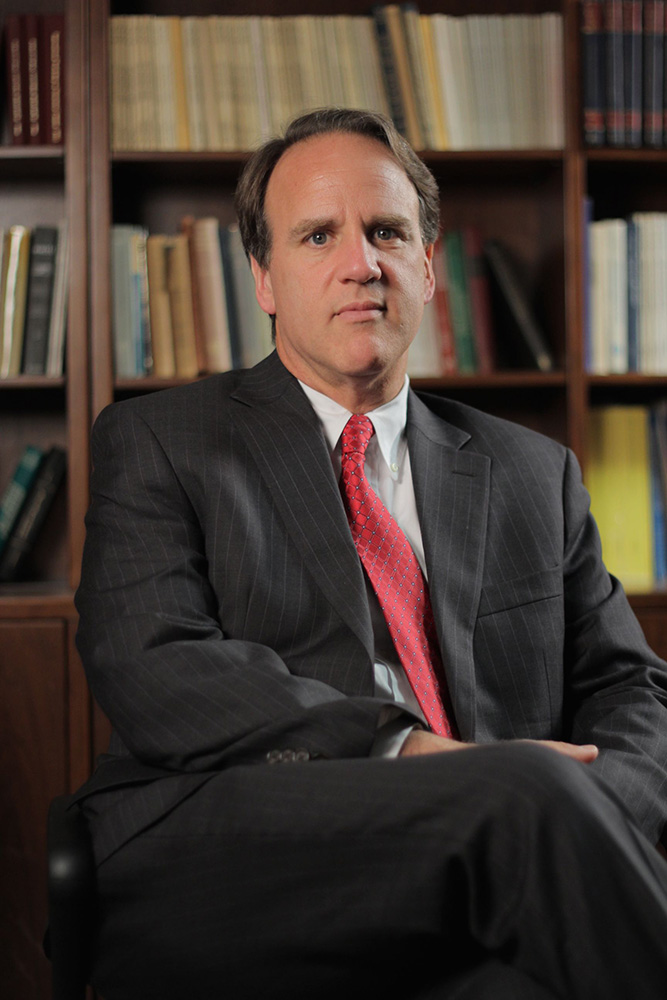
It is certainly no surprise that construction and operations of buildings and infrastructure systems require a huge amount of information from specifications, plans, construction documents, inventory management, cost estimating, and scheduling, for the design and construction phase and maintenance records, inspections and sensor data for the operations phase. As the AEC industry adopts new computer technologies like laser scanners, sensor networks, RFIDs, digital cameras, among many other data acquisition technologies computerized construction/operations data are becoming more and more available. There exist numerous opportunities to exploit this vast amount of data. Unlike much previous data management research that has been successfully applied in several domains, in the AEC domain, however, the data are of multiple types and from many different sources, some with very low quality.
At the same time that we have increasing access to data, infrastructure systems, broadly defined to include buildings and other facilities, transportation infrastructure, telecommunication networks, the power grid and natural environmental systems will require more and more that engineers provide a continuous state awareness, assessment and proactive decision making for the complete life-cycle of the systems and processes they create. Such continuous state awareness and proactive decision making will allow these systems to be more efficiently and effectively managed in both normal and abnormal conditions.
There are many technological developments and research projects that already support, or begin to support this vision. At this talk professor Soibelman will introduce his vision and work developed within his research group focus on the application and exploration of emerging Information and Communication Technologies (ICT), to a broadly defined set of infrastructure systems and associated processes, such as planning, design, construction, facility/infrastructure management, and environmental monitoring, so as to improve their sustainability, efficiency, maintainability, durability, and overall performance of these systems.
Dr. Ioannis Brilakis
Laing O'Rourke Lecturer of Construction Engineering
Department of Engineering
University of Cambridge
View Biographical Sketch
Dr. Ioannis Brilakis is a Laing O'Rourke Lecturer of Construction Engineering and the Director of the Construction Information Technology Laboratory at the Division of Civil Engineering of the Department of Engineering at the University of Cambridge. He completed his PhD in Civil Engineering at the University of Illinois, Urbana Champaign. He then worked as an Assistant Professor at the Departments of Civil and Environmental Engineering, University of Michigan, Ann Arbor (2005-2008) and Georgia Institute of Technology, Atlanta (2008-2012), and as a Visiting Associate Professor of Computer Vision at the Department of Computer Science, Stanford University (2014). He is a recipient of the NSF CAREER award, the 2013 ASCE Collingwood Prize, the 2012 Georgia Tech Outreach Award and the 2009 ASCE Associate Editor Award. Dr. Brilakis is an author of over 150 papers in peer-reviewed journals and conference proceedings, an Associate Editor of the ASCE Computing in Civil Engineering, ASCE Construction Engineering and Management, Elsevier Automation in Construction, and Elsevier Advanced Engineering Informatics Journals, and a past-chair and founder of the ASCE TCCIT Data Sensing and Analysis Committee, and the TRB AFH10 (1) Information Systems in Construction Management Subcommittee.
Virtualizing Infrastructure
Abstract
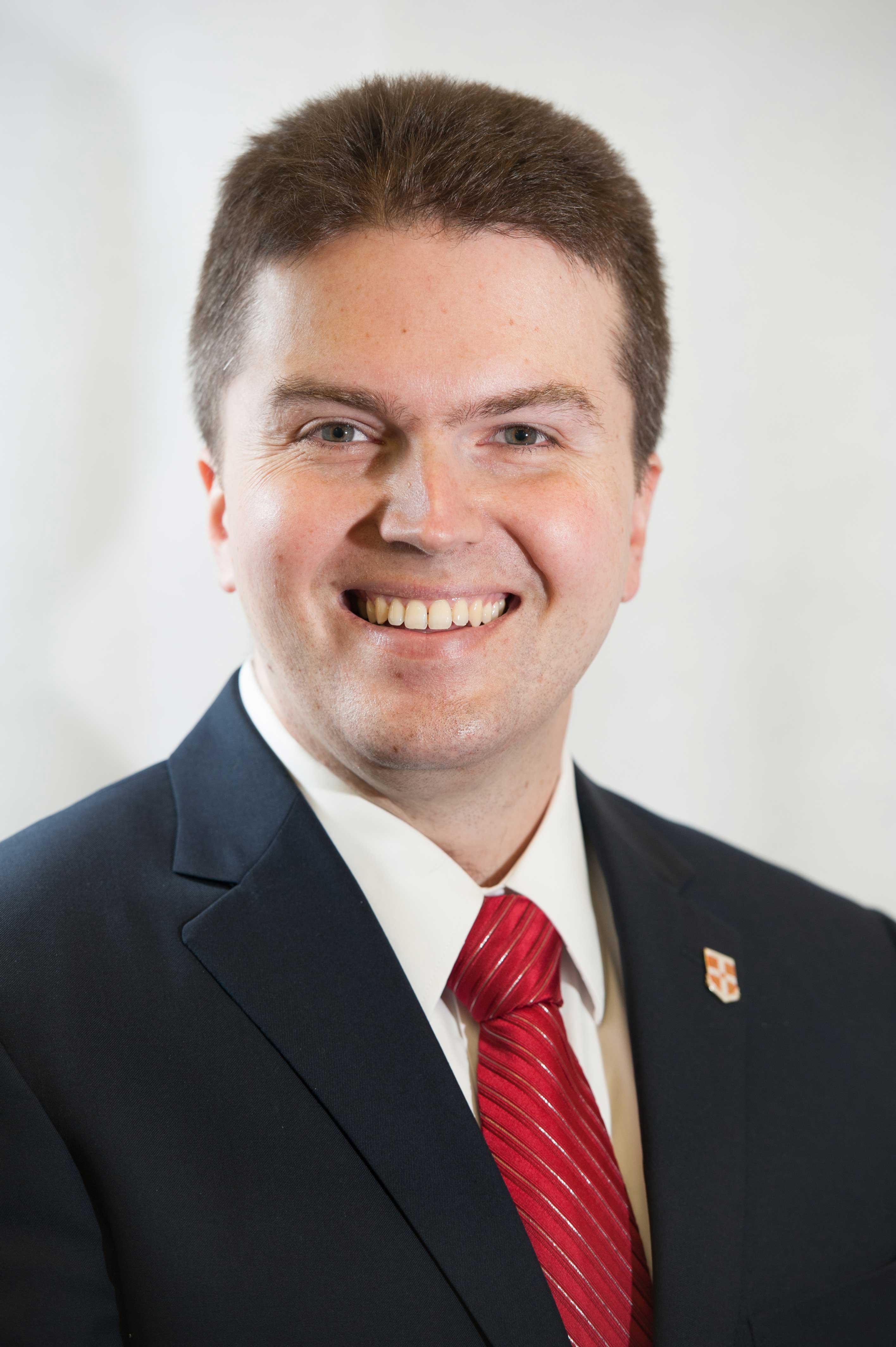
Vertical and horizontal infrastructure is comprised of large assets that need sizable budgets to design, construct and operate/maintain them. Cost reductions throughout their lifecycle can generate significant savings to all involved parties. Such reductions can be derived directly through productivity improvements or indirectly through safety and quality control improvements. Creating and maintaining an up-to-date electronic record of these assets in the form of rich Bridge Information Models (BIM) can help generate such improvements. New research is being conducted at the University of Cambridge on inexpensive methods for generating object-oriented infrastructure geometry, detecting and mapping visible defects on the resulting BIM, automatically extracting defect spatial measurements, and sensor and sensor data modelling. The results of these methods are further exploited through their application in design for manufacturing and assembly (DfMA), augmented-reality-enabled mobile inspection, and proactive asset protection from accidental damage. Virtualization methods can produce a reliable digital record of infrastructure and enable owners to reliably protect, monitor and maintain the condition of their asset.
Dr. Rafael Sacks
Associate Professor
Virtual Construction Lab, National Building Research Institute
Faculty of Civil and Environmental Engineering
Technion - Israel Institute of Technology
Rafael Sacks' research interests are focused on the synergies of Building Information Modeling (BIM) and Lean Construction. Prof. Sacks established the BIM and Virtual Construction Laboratories at the Technion. Research in the VC Lab includes development of BIM-enabled lean production control systems; BIM systems for earthquake search, rescue and recovery; innovative approaches to interoperability for BIM; and production system theory in lean construction. The VC Lab's ongoing KanBIM and iKAN research projects are a novel attempt to bring process and product information to the job face.
Prof. Sacks earned his BSc from the University of the Witwatersrand, his MSc from MIT, and his PhD from the Technion – all in Civil Engineering. He served as Head of Structural Engineering and Construction Management in the Faculty of Civil and Environmental Engineering from 2012-2015. He has received numerous awards for research, most recently the ASCE Thomas Fitch Rowland prize. He is a co-author of the "BIM Handbook", some 70 papers in academic journals and numerous conference papers and research reports.
What's in a Model? Intelligent Semantic Enrichment of BIM Models
Abstract
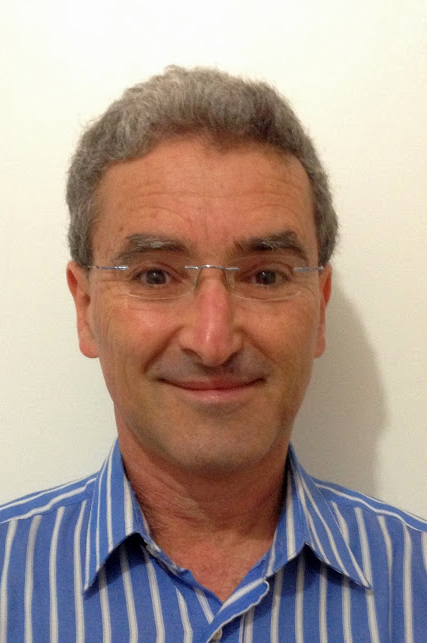
Building Information Modeling is a powerful technology, but transferring information among applications is still limited by the diversity of their internal representation schema. The goal of real 'Open BIM' remains elusive due to the difficulty of the interoperability problem. For similar reasons, model-checking and functional simulations using building models is hampered by the need for careful tailoring of the content of model files exported for these purposes.
Semantic enrichment is a novel approach to this problem. It aims to apply expert system technology to interpret and enrich the semantic content of models so that they can be re-used for multiple purposes with minimal rework. The technique will have application in a wide variety of situations. Among those being developed in current research are precast concrete detailing, cost estimation, compilation of as-built models of bridges for bridge surveys, and acquisition of building data for facility maintenance.
In the context of the SeeBridge project, funded within the EU Infravation Program, the team is using a semantic enrichment prototype named SeeBIM 2.0 to aid in compiling building models of highway bridges from point cloud data that can be used for survey and recording of damage to the bridges. This large scale experimental application has yielded important insights into the ways in which rule sets can be compiled rigorously, to ensure that they can uniquely identify bridge components and the semantic relationships between them. The method, which uses feature vectors and feature relationship matrices, also suggests that the potential exists for an alternative approach using tools developed for computer vision that include machine learning.
Prof. Sacks' talk will explore the need for semantic enrichment, its technology aspects, the ways in which it can contribute to providing interoperability, and the promise of a more advanced approach.
ECPPM 2016
11th ECPPM Conference
Dates
07 / Sep - 09 / Sep, 2016Venue
St. Raphael Resort, Limassol, CyprusLocal Arrangements
Easy Conferences
Email: info@easyconferences.eu
Web: www.easyconferences.eu
Phone: +357-22-591900
Easy Conferences Ltd. - Easy CRS




